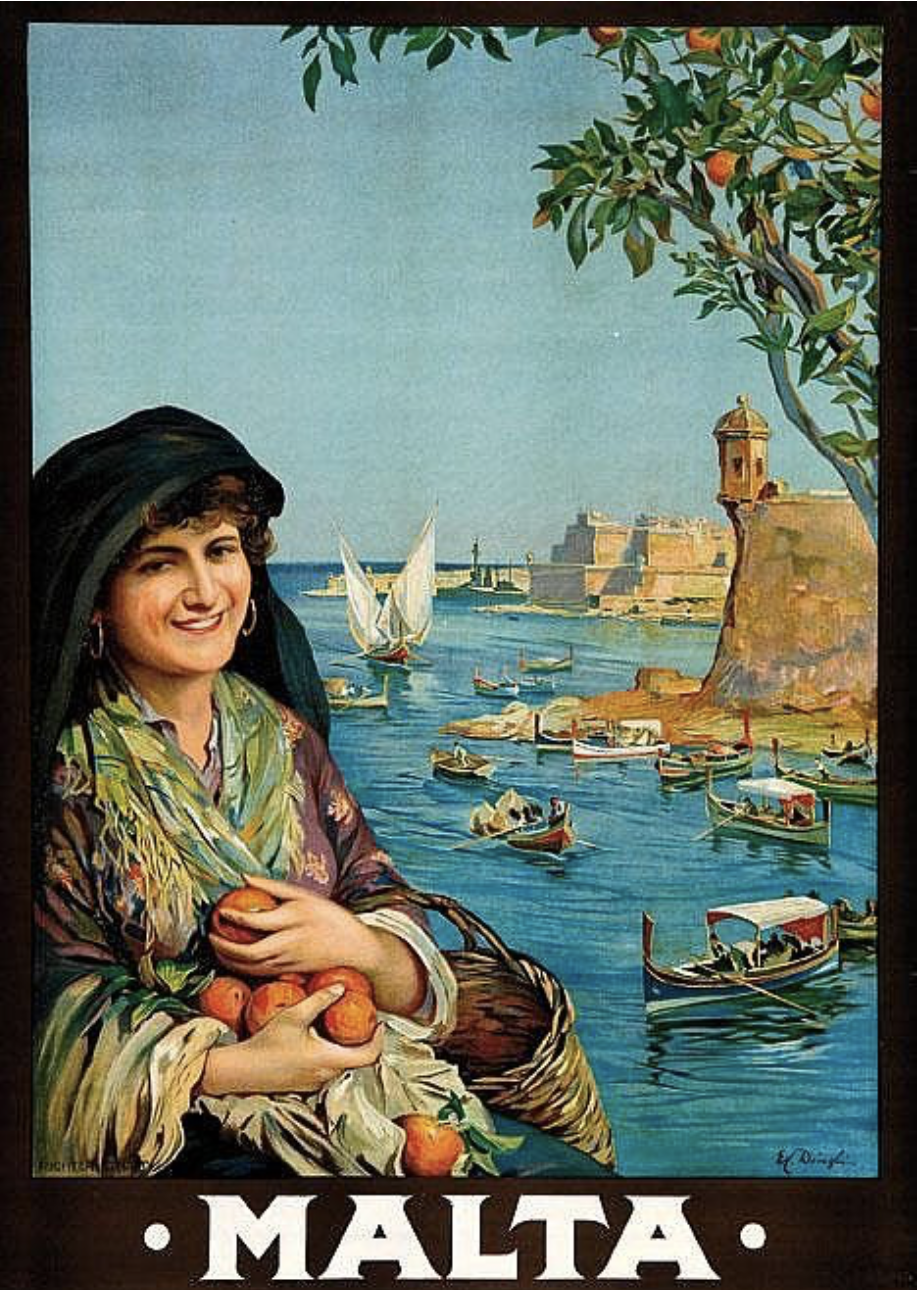The story of Maltese oranges is a fascinating blend of legends, agricultural traditions, and exceptional taste. Renowned for their superior quality, these oranges have been a staple of Mediterranean citrus production for centuries.
The History and Origins of Maltese Oranges
By the 18th century, Maltese oranges were already famous for their exceptional flavor. European writers praised them as the best oranges in the world, thanks to their sweet taste and sometimes reddish pulp. Despite the name, the Maltese orange—often called the “Tunisian Maltese”—is primarily grown in Tunisia, particularly in the Cap Bon region. The region’s ideal climatic and geological conditions contribute to the fruit’s unparalleled quality.
How Did Maltese Oranges Arrive in Tunisia?
Citrus fruits, originally from Asia, were introduced to the Mediterranean through trade and migration. In the 17th century, the Andalusian Moriscos brought their agricultural expertise to Tunisia, fostering the growth of citrus orchards. The large-scale cultivation of oranges in Tunisia expanded under French influence in the early 20th century, particularly following the Spanish embargo under Franco.
Legend has it that a Tunisian farmer discovered an extraordinary variety of orange through natural crossbreeding. This fruit, notable for its sweet and juicy flesh, was presented to the Bey of Tunis, who named it “Maltaise” in honor of a Maltese concubine at his court. Another version of the story suggests that a Maltese slave introduced the variety to Tunisia, giving the fruit its name. Over time, the Maltaise orange gained a reputation as the “Queen of Citrus,” highly prized for its unique taste and distinctive red-veined pulp.
Key Characteristics of the Maltese Orange
The Maltese orange stands out for its thin skin, abundant sweet juice, and exceptional fragrance. This citrus variety is classified into several subcategories:
- Semi-Sanguine Maltese Orange: A sweet, semi-blood orange variety
grown exclusively in Tunisia. It has a melting flesh with red streaks, closely related to the Sanguinella Moscata variety found in Sicily. - Blond Maltese Orange: Also cultivated in Tunisia, this variety has a blond pulp, no acidity, and a very sweet flavor.
- Oval Maltese (California Mediterranean Sweet): Oval-shaped, nearly seedless oranges known for their juicy and refreshing taste.
- Maltese Meski Orange (Blond): Similar to the Blond Maltese but with even lower acidity and cream-colored seeds.
- Maltese Orange of the Vaniglia Sanguigno Type: A sweet, acid-free variation of the traditional seeded blond orange.
The Connection Between Malta and Maltese Oranges
Although Malta is not a significant orange producer today, citrus trees once flourished in Maltese gardens. Historical records suggest that orange trees were cultivated in stone recesses to protect them from the harsh climate. However, large-scale orange production never became a primary agricultural activity on the island. Today, blood oranges are more commonly associated with Sicily and Tunisia rather than Malta itself.
Despite this, the name “Maltese orange” continues to link Malta with this citrus fruit, thanks to the enduring history of its people and their influence on Mediterranean agriculture.

Why Are Maltese Oranges So Special?
Maltese oranges are celebrated for their:
- Rich History: A blend of Mediterranean cultures and agricultural expertise.
- Unique Flavor: Exceptionally sweet with a hint of acidity, making them perfect for fresh consumption and juice production.
- Distinctive Appearance: Thin-skinned with a juicy, fragrant flesh, sometimes streaked with red.
- Exclusivity: Grown primarily in Tunisia, maintaining a reputation for high quality.

The Maltese orange is more than just a fruit—it’s a symbol of Mediterranean heritage, bringing together history, legend, and exquisite taste. Whether enjoyed fresh, as juice, or in culinary preparations, its legacy continues to thrive in Tunisia, delighting citrus lovers worldwide.



